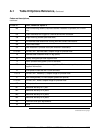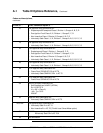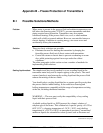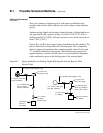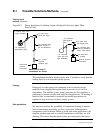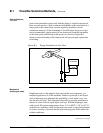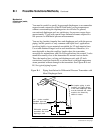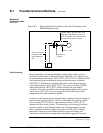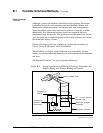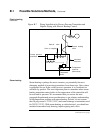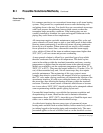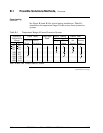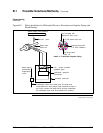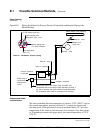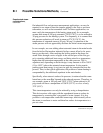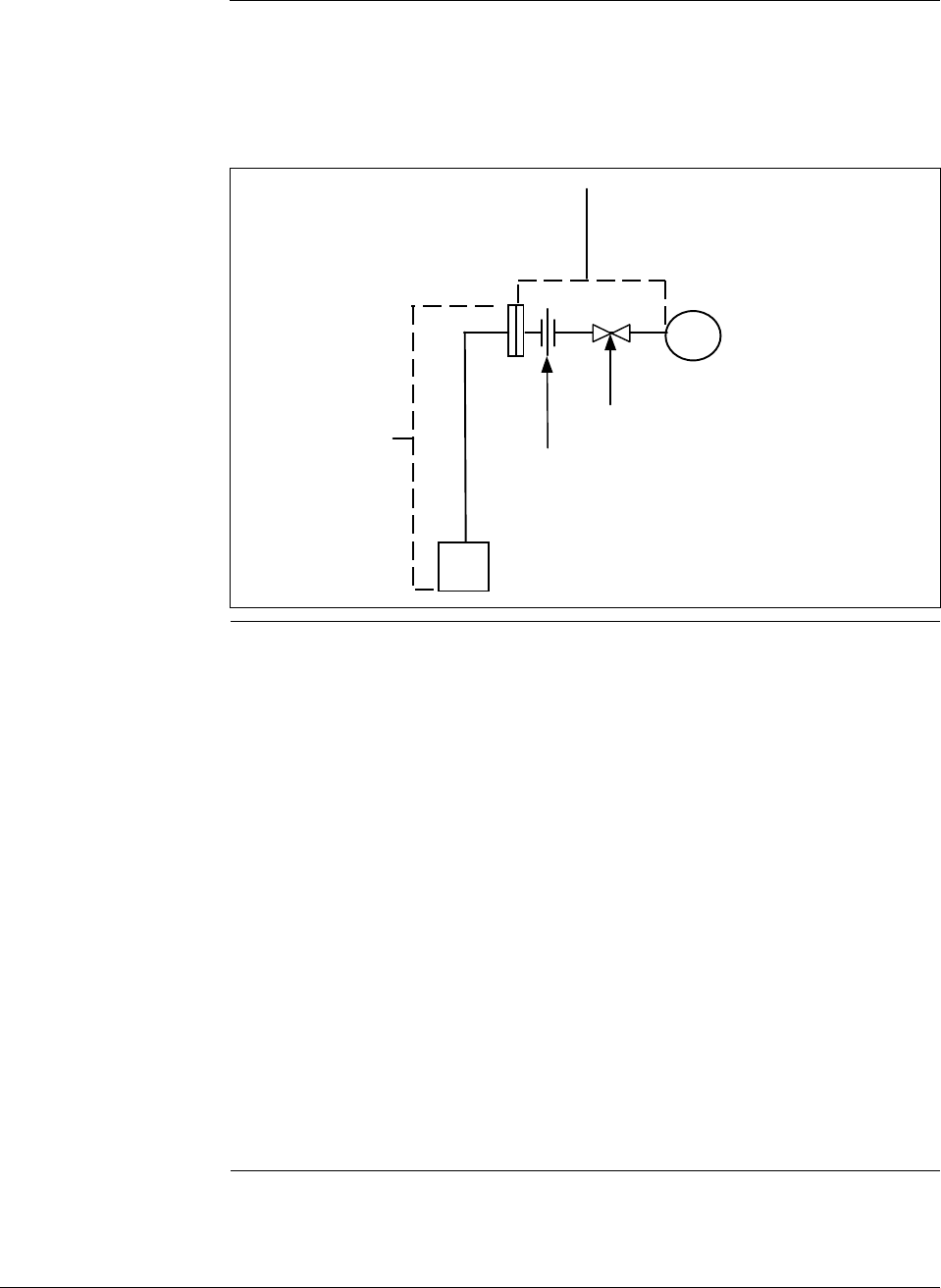
242 ST 3000 Release 300 and SFC Model STS103 User’s Manual 6/08
B.1 Possible Solutions/Methods, Continued
Mechanical
(diaphragm) seals,
continued
Figure B-5 Piping Installation for Process Pressure Transmitter with
Metal Diaphragm Seal.
Process pressure
transmitter with
metal diaphragm
seal
Pipe union or
coupling
Shut-off valve
Impulse piping, shut-off valve, and
diaphragm seal distance must be as
short as possible and insulated along
with the process pipe or vessel
Electric heating
Most transmitters will withstand higher temperatures at their process
interfaces (bodies) than at their electronics. Normally, it is impractical to
heat transmitter bodies above 225 to 250°F (107 to 121°C) without radiant
and conducted heat exceeding the rating at the electronics (normally
200°F/93°C). Prefabricated insulated enclosures with integral heating
coils and thermostats set at 200°F (93°C) can assure viscosity of fluids
which freeze below 180°F (82°C) while assuring safe transmitter
operation. For water or similar lower-temperature mediums, the control
can be set at 50°F (10°C) to save energy and call for heat only when
temperature and wind conditions require.
Systems can be engineered for uncontrolled, continuous electric heating to
prevent water freezing at 0°F (–18°C) and 20 mph wind velocity, while
not exceeding 225°F (107°C) at the transmitter body at 90°F (32°C)
ambient and zero wind velocity. The operating costs in energy for these
systems usually exceed the high initial cost of the thermostat systems.
Never attempt to maintain freeze points above 100°F (38°C) without
thermostat controls since the Btu required to prevent freezing will
normally exceed the body temperature rating under opposite extremes.
Continued on next page



